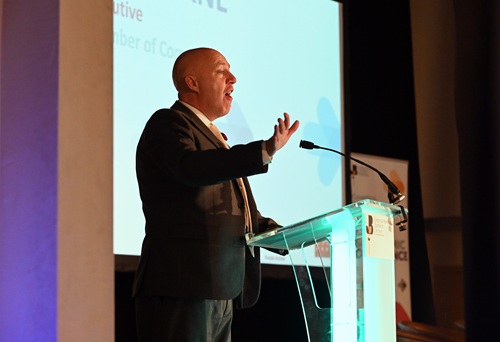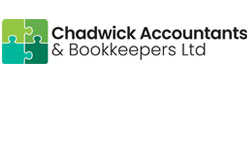So what do you do when you know your company can’t pay what it owes?
“Unfortunately, a lot of companies find themselves in this situation,” says Rachael. “However, this isn’t about spotting early warning signs; it’s about what happens after you realise the company is insolvent. If cashflow has dried up, creditors are knocking on the door, and you know you can’t meet your liabilities, it’s time to make a plan, not panic.”
Rachael then went on to assess the pros and cons of the most frequent responses to insolvency.
Option 1: do nothing
“That’s the worst choice,” says Rachael firmly. “Some directors simply stop trading and walk away, assuming HMRC or another creditor will eventually step in. While that might seem like an easy way out, it can cause major long-term issues. You remain listed as the company director, late filing penalties and interest will keep building, and if HMRC decides you’ve neglected your duties, you could face director disqualification. It’s like a leaking tap. Ignoring the problem doesn’t make it go away: it just makes the final outcome worse.”
Option 2: compulsory liquidation
This route involves applying to the court to have the company formally wound up. Once approved, the Official Receiver takes control of the process, dealing with creditors, assets and the company’s closure. “It’s clean and structured,” Rachael explains, “but you lose control the moment you hand it over. Think of it like calling a tow truck after a crash; it will get sorted, but you won’t be choosing the route home.”
Option 3: Creditors’ Voluntary Liquidation (CVL)
A CVL is often the most proactive and professional option for directors who want to handle insolvency responsibly, Rachael outlined. “You appoint a licensed insolvency practitioner to close the business in an orderly way. It usually costs around £5,000 plus disbursements, but what you get is peace of mind, a proper process, a clear paper trail, and a demonstration that you acted responsibly.
“If staff (or even the director) are employed under PAYE, there may also be redundancy entitlements available through the government’s Redundancy Payments Service. A good insolvency practitioner will manage this process correctly, ensuring employees receive what they’re owed, and directors are supported through the claims process.”
Option 4: writing to creditors
When there’s no money left to fund a formal liquidation, it’s possible to write to creditors directly to explain the situation and invite them to take action. “This approach can work for small or dormant businesses,” says Rachael. “But if HMRC is among your creditors, they’ll usually object, so it’s not suitable in every case.”
Facing insolvency doesn’t necessarily mean you’ve failed. As Rachael points out, it’s often part of business reality, and many successful entrepreneurs have been there before. “Insolvency isn’t failure, it’s feedback,” she says. “It’s about learning what didn’t work this time and closing things down responsibly so you can move forward.
“The most important step is to seek advice early. The sooner you speak to your accountant or an insolvency practitioner, the more control you keep over the process, and the better your chances of protecting both your professional reputation and your peace of mind.
“Once you make a decision, any decision, that weight starts to lift,” Rachael concludes. “So don’t ignore it, and don’t go it alone. Get proper advice, act responsibly, and you’ll come out stronger on the other side.”
The regular series of For Finances Sake podcasts from Chadwick’s are available on Spotify, Amazon, YouTube, Apple and Podbean.
For more information, go to the website at www.chadwickaccountants.co.uk



























